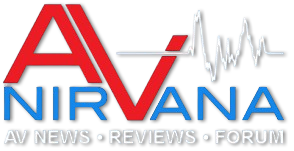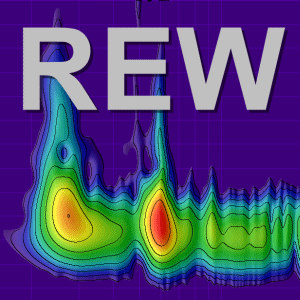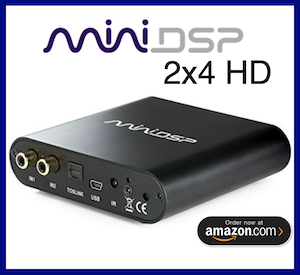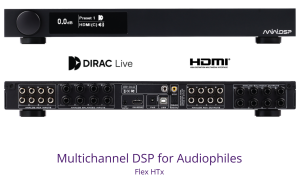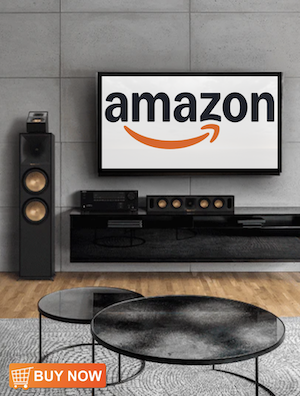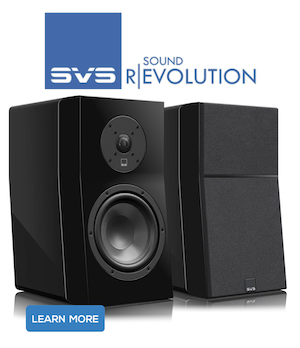Gdillon
Registered
Thread Starter
- Joined
- Jun 27, 2025
- Posts
- 3
More
- Preamp, Processor or Receiver
- silver Rock TVC
- Main Amp
- audio Note Niero
- Additional Amp
- Hypex Nilai
- Other Amp
- Channel Island D 100
- DAC
- Bremen
- Front Speakers
- Dillon Acoustics
Hello, I'm setting up a new install of REW and would like to use an external sound card. Doesn't have to be the best but something nice. I will be using REW primarily for loudspeaker design, so both frequency and impedance measurements, Any recommendations?
